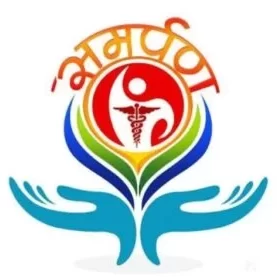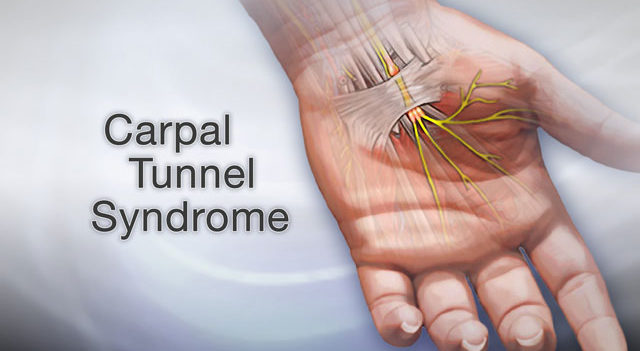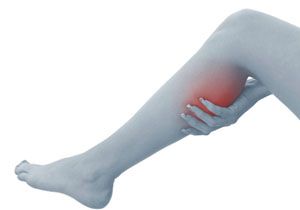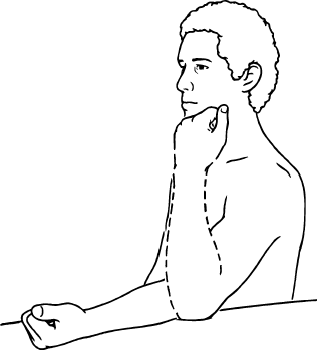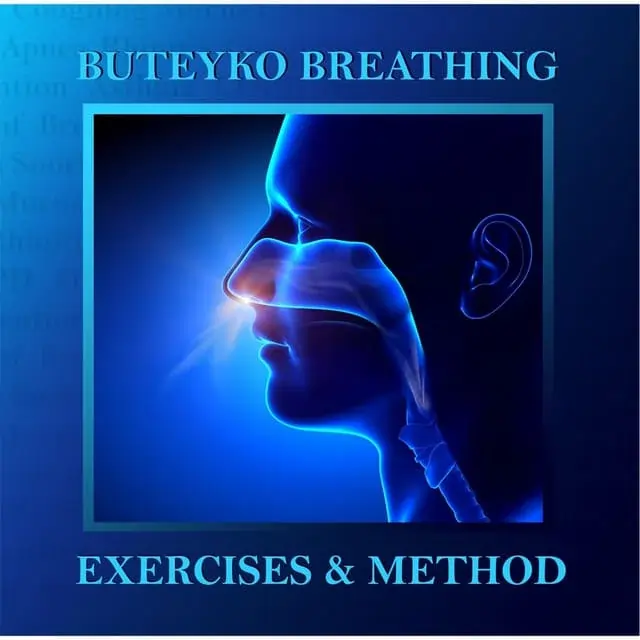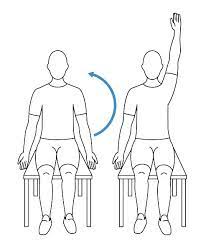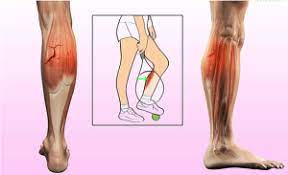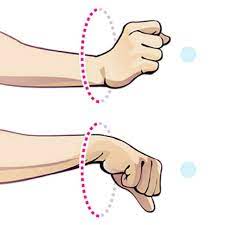Carpal tunnel syndrome: Physiotherapy Treatment – Exercise
Description: Carpal tunnel syndrome is caused by the compression of the median nerve in the narrowing tunnel. in this condition, the patient feels tingling, pain, numbness, and weakness in the thumb and the other three fingers except for the little finger. this condition is seen most commonly in women because they have smaller tunnels compared…
